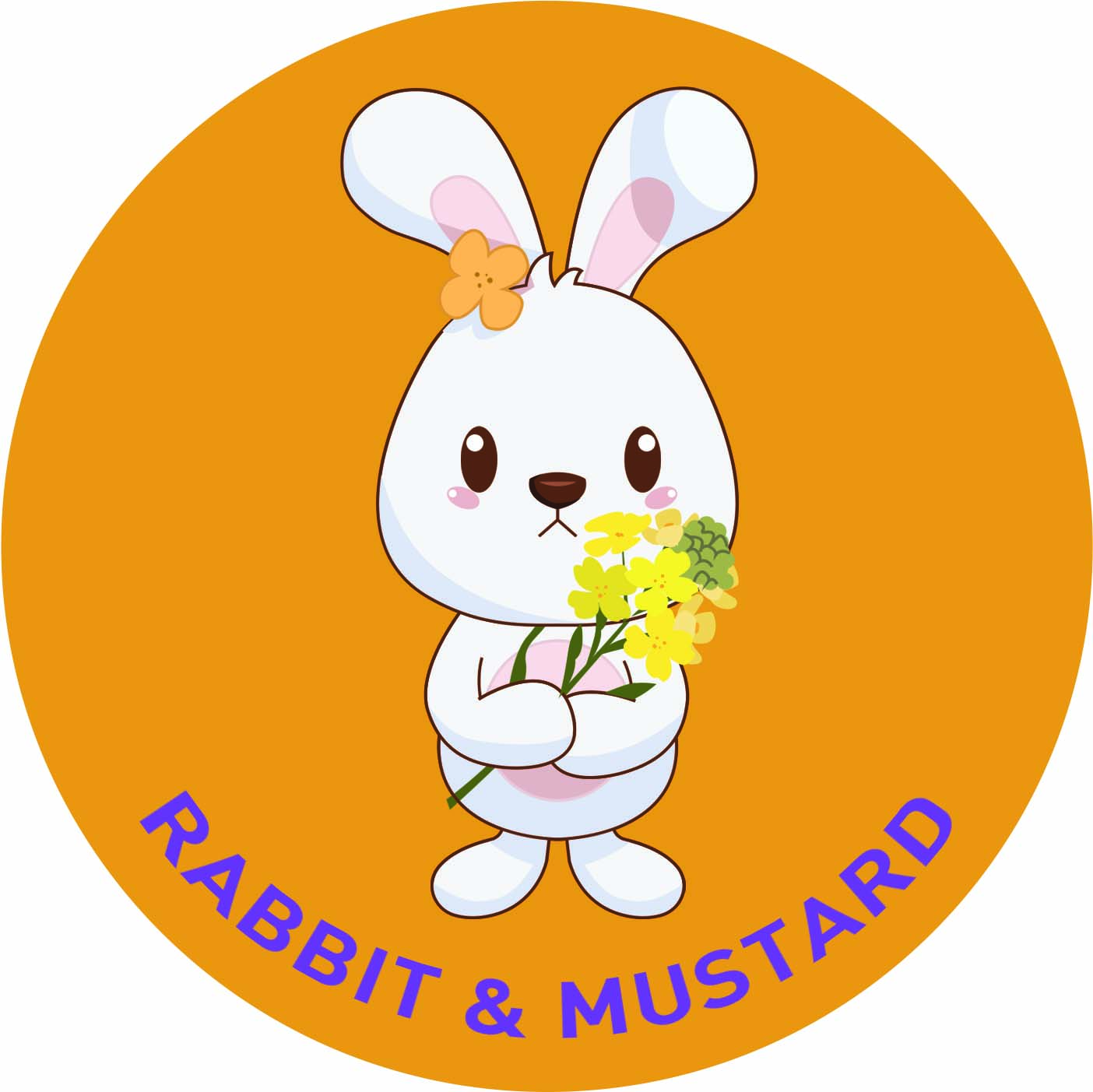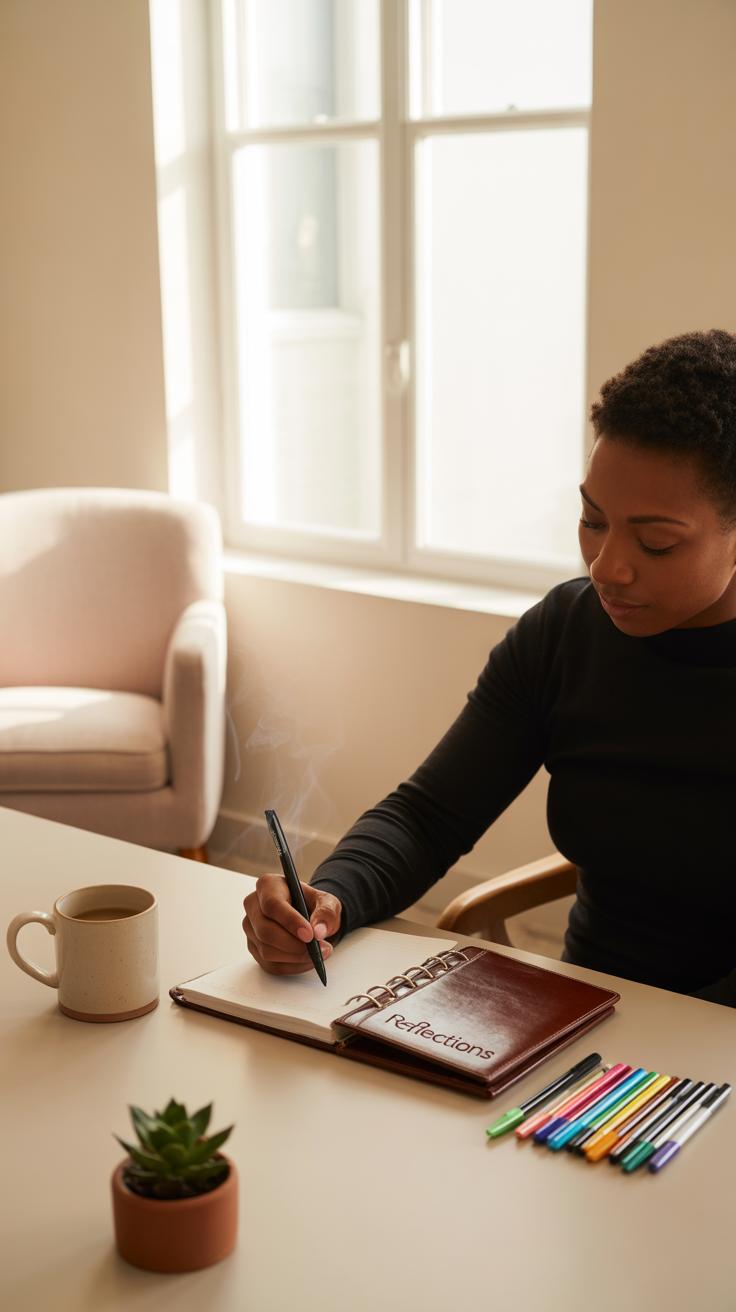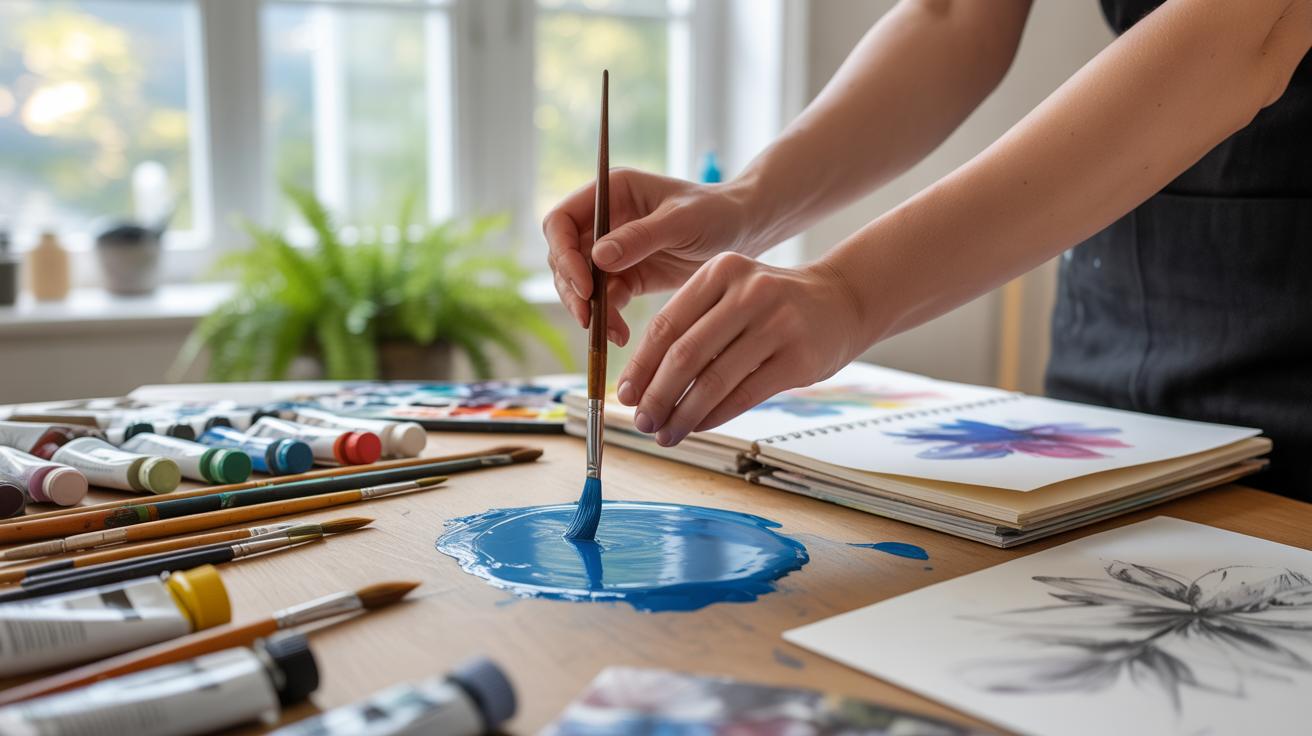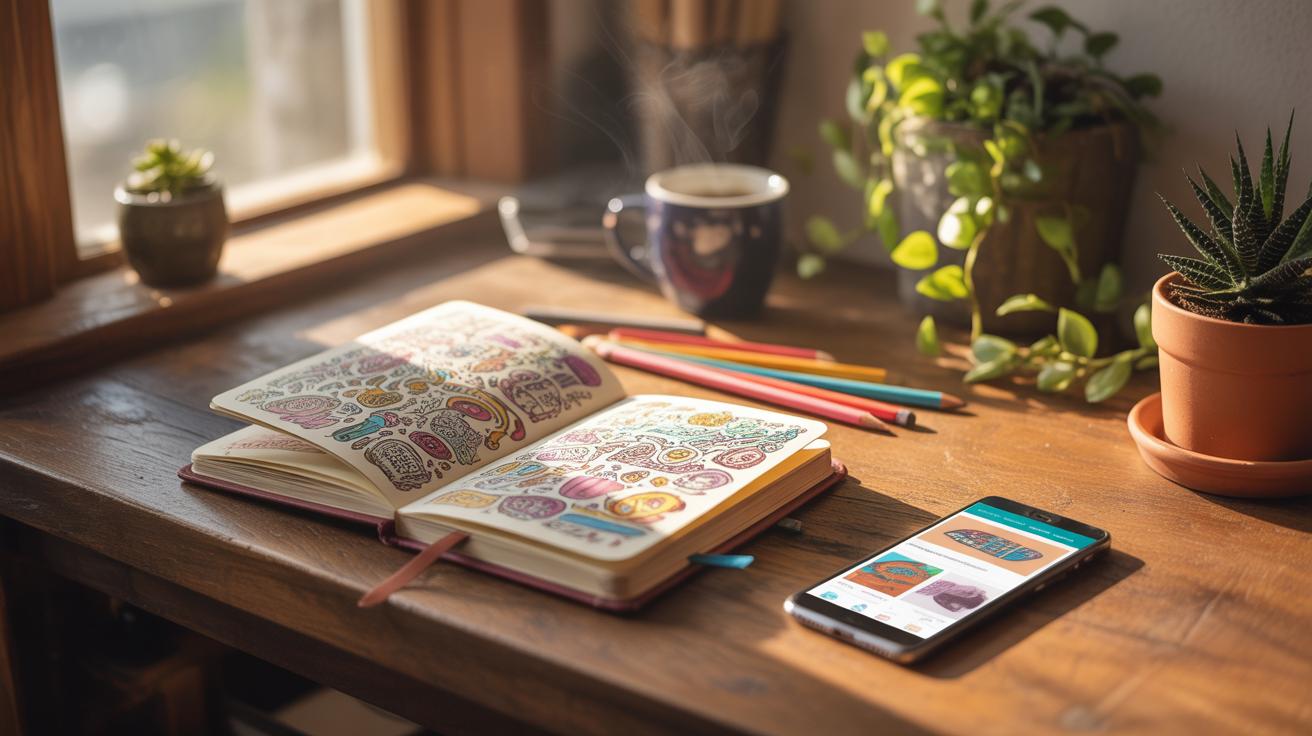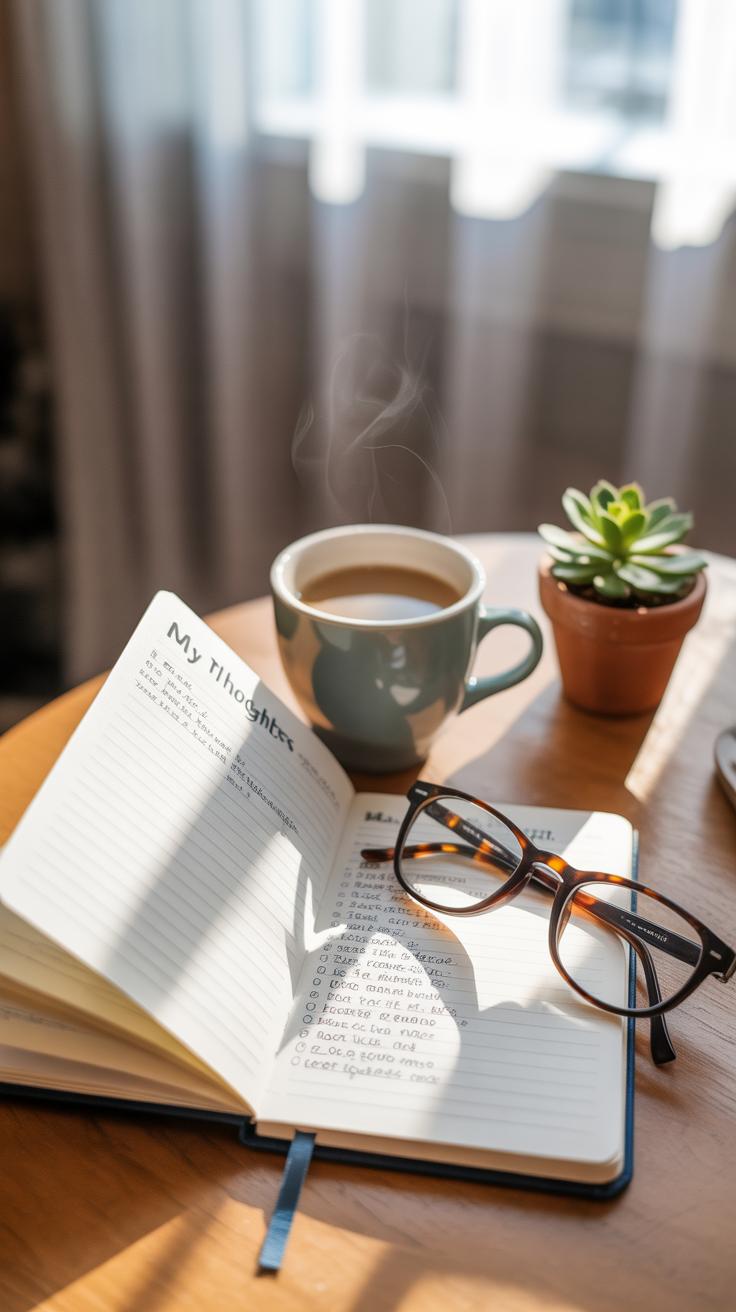
Diary Ideas to Spark Your Creativity and Inspire Journaling
Introduction
Keeping a diary is more than just writing down daily events. It is a way to capture your thoughts, feelings, and experiences. This article will explore how you can use diary ideas to boost your creativity and make journaling a fun and inspiring habit.
You will find practical ideas that help you start and maintain a diary. These ideas are meant to make journaling something you look forward to every day. Whether you are new to diary keeping or want to add a fresh twist, this article will guide you through creative diary techniques to express yourself better.
Why Keep a Diary
Keeping a diary isn’t just about writing down events; it can be a quiet way to make sense of your world. You might find that putting thoughts on paper helps you express feelings that are hard to say out loud. Sometimes, it feels easier to write than talk, and that alone can lighten a heavy mind.
Writing regularly can also help you understand what’s really going on inside. When you face a confusing day or a tough decision, journals let you untangle the mess. You may start with jumbled emotions but soon notice patterns or find clearer perspectives just by seeing your thoughts on paper. That kind of organization can be surprisingly calming.
Beyond the moment, diaries serve as personal records. Looking back on entries lets you track changes over months or years—your moods, your goals, or even small adventures you might otherwise forget. Sometimes, a single sentence sparks a memory you didn’t realize was fading. Diaries capture those bits of life that tell your story, pieces you might not remember otherwise.
So why keep a diary? It’s a way to express yourself, to understand yourself, and to hold onto the parts that make you *you* — all in quiet, simple pages you control.
Types of Diaries
Daily Life Logs
Keeping a diary that records your daily life is probably the simplest and most traditional form. It’s a place to jot down events, thoughts, and feelings that come up during the day. Sometimes you write a lot, sometimes just a sentence or two. The idea isn’t to be perfect but to capture what matters to you, however small or ordinary it might seem.
For example, you might write about a conversation that stuck with you, a task you completed, or even a mood that lingered. It’s an easy way to get into the habit of journaling and doesn’t demand any fancy techniques. You don’t even need to do it every day — some days, a short note works just fine.
One thing I’ve noticed about daily logs is how they can turn into a sort of personal timeline. You’ll begin to see patterns in your moods or habits—things you might miss otherwise. This kind of diary subtly helps you stay connected to your life as it unfolds.
Creative and Themed Diaries
But then, there are diaries that focus on a single theme or type of content, which can add some fresh energy to journaling. Take dream diaries, for example. Recording your dreams shortly after waking can uncover some surprising insights or just provide a fascinating collection of images and stories. I found it a bit strange at first but it makes you look at your subconscious in a new way.
Gratitude journals offer another twist. Instead of retelling the day, you list things you appreciate. It’s simple, yet it changes what you notice about your life. Even keeping a short list can shift your mood, though sometimes it feels like a forced habit. Still, it’s worth trying if you want a new angle.
Then there are art journals or mixed-media diaries. Here, writing might team up with sketches, collages, or color splashes. This approach lets you express things words alone can’t capture. You don’t have to be an artist to try this; sometimes just doodling beside your text opens new doors.
Thinking about your diary doesn’t have to be limited to one style either. You could mix and match various types to keep things interesting. What kind of diary feels right to you, or might surprise you if you gave it a shot?
Starting Your Diary
Selecting Your Diary
Choosing the right notebook can feel like a small but weighty decision. You might want something simple—a plain journal with blank pages—or maybe a notebook with prompts or dates already laid out. Some people swear by leather-bound books for their durability and feel, while others prefer lightweight, spiral-bound pads for ease of use. Digital tools can work too; apps like Day One or Journey let you type, add photos, and even record audio. But there’s something about putting pen to paper that many find more personal. And still, every option has its quirks—digital diaries are handy and searchable but might feel less intimate than a handwritten page.
Building a Routine
Setting aside a specific time, even five or ten minutes, makes a difference. You could choose mornings, when your thoughts are fresh but maybe still tangled, or evenings, when you reflect on the day. Sometimes, I found that writing sporadically works better—when you feel like, not because you have to, though that often leads to a less consistent diary. Try pairing journaling with an existing habit, like your morning coffee or a nighttime wind-down. Some people schedule weekly sessions instead of daily ones. The key might lie in experimenting and seeing what fits your life rather than forcing a strict routine you can’t keep.
Creative Diary Prompts
When it comes to filling your diary, sometimes the hardest part is figuring out where to start. Creative prompts can give your thoughts a little nudge without forcing them into a strict mold. For example, you might try describing a favorite place—not just what it looks like but how it feels when you’re there. What sounds do you hear? What memories bubble up? Even something as simple as listing personal goals can open unexpected doors. What do you really want, not just for the future, but right now? Sometimes reflecting on a happy moment, big or small, reminds you why journaling feels worth the effort.
Here are a few prompts to get you thinking:
- Describe the place where you feel most calm. Why does it feel that way?
- List three goals you’d like to achieve this year and why they matter.
- Recall a recent moment that made you smile. What exactly happened?
- Write to your past self with advice or comfort.
- If your week were a movie, what would it be called?
Some days, these prompts might flow easily. Other days, they might feel a bit forced. But that’s okay—you don’t have to answer perfectly every time. Just starting is what counts.
Simple Daily Prompts
Not everyone wants to think deeply every day. Sometimes, you just want a quick spark to get the pen moving without overthinking. Simple daily prompts can work here. They’re straightforward, easy to answer, and perfect for building the habit of writing.
You could ask yourself things like:
- What did I eat today?
- What made me laugh?
- What’s one thing I’m grateful for right now?
- What’s the weather like, and how does it affect my mood?
- What’s one thing I learned today?
These might seem small, maybe even trivial, but they keep your diary alive. Over time, little pieces add up. It’s a bit like putting small bricks in place, slowly building a wall of awareness about your life.
Deep Reflection Prompts
Once in a while, or maybe whenever you feel like it, you might want prompts that push a little deeper. These aren’t the easiest, and you might find yourself pausing or backtracking mid-sentence, but that’s okay. Sometimes the best insights come from that kind of discomfort.
Try questions like these:
- What fears hold me back, and why do they feel so powerful?
- How do I react when things don’t go as planned? What does that say about me?
- When have I grown the most—and what triggered that growth?
- What parts of myself do I find hardest to accept?
- How do I want my life to look in five years, beyond jobs or titles?
These prompts invite you to slow down and really look inward. It’s okay to feel stuck or unsure. Your diary is a safe space to explore those feelings, even if the answers aren’t clear right away.
Using Art In Your Diary
Adding drawings, stickers, or photos can make your diary feel less like just words on a page and more like a personal space that reflects who you are. When you scribble a quick sketch or paste a photo, the diary becomes visually interesting—it’s easier to flip through and see moments rather than only read about them. Sometimes, a doodle captures what words can’t quite express, like a swirl of feelings or a fleeting thought.
Drawing and Doodling
Don’t worry about your artistic skills here. Simple sketches or spontaneous doodles work well to show your mood or highlight an event. Maybe you had a stressful day, and a jagged line or scribble conveys that better than a sentence. Or you could draw a small flower to mark a moment that made you smile—little visuals like these add layers to your story. It doesn’t have to make perfect sense or be detailed. Often, the uneven, quick drawings feel more honest and real.
Photos and Decorations
Photo clippings, collages, and stickers bring another dimension to your diary. Imagine attaching a snap from a recent trip, or a ticket stub folded inside the pages. These items trigger memories differently than text alone. Stickers can be playful or meaningful, breaking up blocks of writing and giving a sense of fun or mood without extra explanation. A mix of these elements can make your diary a mix of diary and scrapbook. You might find, though, sometimes it feels like clutter instead of enhancement. That’s okay—just see what works for you over time.
Reflecting on Your Entries
Looking Back
Rereading your diary entries can be a strange experience. Sometimes, you might find moments you barely remember writing, or feelings that seem distant now. When you look back, try to do it slowly—don’t rush. You can pick one theme, like how you handled stress six months ago, or what brought you joy last year. This focused glance helps spot shifts you might otherwise miss.
Here are some tips to get started:
- Set aside time each month to skim through recent pages.
- Mark entries with a highlighter or sticky notes where you notice an important change.
- Compare your thoughts on similar situations—did your reaction evolve, or stay the same?
- Write a short summary next to old entries about what you learned or how you feel now.
It’s kind of like watching a very personal documentary. You might feel awkward, or proud, or confused. That’s normal. You’ll see your progress, even if it’s slow or uneven.
Learning from Writing
Your diary isn’t just a record of events—it’s a tool to understand yourself better. When you revisit what you’ve written, you gain clarity on recurring patterns, confusing emotions, or unresolved dilemmas.
Try asking yourself questions like:
- What feelings kept coming up, and why?
- What decisions did I face, and how did I handle them?
- Are there moments I avoided writing about? What might that mean?
Writing can help you connect dots you didn’t notice at first. Maybe you see that you were anxious every time you faced a certain challenge. Or you realize that decisions you made weren’t just random but based on hidden hopes or fears.
Over time, these insights can guide your future choices. Your diary acts as a mirror—sometimes the reflection is blurry, sometimes sharper. But it’s always there, offering chances to learn, to rethink, and to understand yourself a bit more. At least, that’s how I’ve found it works.
Sharing Your Diary
Deciding whether to share your diary is never a simple choice. Many people keep their journals deeply private—it’s a space for raw thoughts and feelings, after all. But sometimes, sharing parts with a trusted friend or family member can bring relief or new perspective. Maybe you write about something personal that’s hard to carry alone. Choosing what and when to share can feel like a balancing act between honesty and vulnerability.
Some folks prefer to let their diaries stay locked away, untouched by others, to preserve that sense of freedom while writing. Others might only share selected pages or entries, carefully picking what feels okay to reveal. It’s okay to be selective, or even change your mind later. Sharing small pieces, rather than entire diaries, can be a good middle ground.
Another interesting way to share your diary is by turning parts of your writing into creative projects. Poems, short stories, or artworks inspired by diary entries let you express feelings in new forms. This can feel less exposing than giving someone your full diary and might even help your ideas reach others in a gentle way. Have you ever tried transforming a journal thought into a poem? It can reveal things you hadn’t noticed before.
Keeping the Habit Alive
Keeping a diary regularly can feel like a challenge, right? Some days, you’re full of thoughts, ready to write pages, and other days, the idea of opening your diary feels like a chore. The key is to find motivation that works for you, something that nudges you without feeling like a chore. For example, set a small goal—just one sentence on tough days. It might sound trivial, but that tiny step can keep the habit from breaking.
When you feel stuck or uninspired, try switching things up. Write about something simple, like describing a place around you or jotting down a list of things you’re grateful for. Sometimes, asking yourself a question—What made me smile today?—can open doors you didn’t expect.
Making diary-keeping enjoyable means mixing routine with surprises. Maybe try weekly themes, such as focusing on dreams one week and memories the next. Or challenge yourself to write without lifting your pen for five minutes. Little rewards, like a hot cup of tea or a relaxing break afterward, can turn writing into a moment you look forward to rather than a task.
Do you think it’s possible to enjoy diary writing even when life feels repetitive? I believe so, but it takes a bit of effort, creativity, and sometimes forgiving yourself when you miss days. There’s no perfect way—just your way.
Conclusions
Diary writing is a simple tool that helps you connect with your inner self. By trying the ideas shared, you invite creativity into your daily routine and make journaling an enjoyable activity. Remember, the best diary is the one that holds your true voice and grows with you.
Keep exploring different diary styles and prompts to find what excites you most. Your diary can be a place of discovery, learning, and personal growth. Start writing today and see how your thoughts and creativity can unfold with each page.
